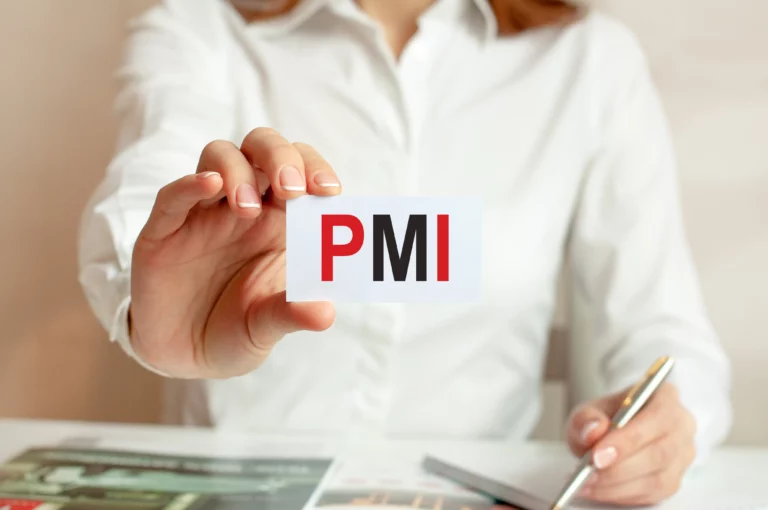What is PMI?
Private mortgage insurance, or PMI, is a type of insurance that protects the lender in case the borrower defaults on their loan. While PMI does not apply to all loans, it impacts a significant number of homeowners. Lenders will use the loan-to-value (LTV) ratio to determine if PMI is necessary. LTV is the ratio of your loan balance to the current value of the home. PMI can be paid as a one-time upfront charge at closing, a monthly premium, or both.
How do I avoid PMI?
The best way to avoid PMI is by using 20 percent of the home’s value as a down payment; however, that’s not always possible. Eligible veterans and active duty service members are able to avoid PMI with a VA loan. Another option would be to look for a non-conventional loan, no-PMI mortgage program, or lender-paid mortgage insurance. It’s important to note that this route may lead to higher interest rates but your mileage may vary.
How do I get rid of PMI?
Over the life of your mortgage loan, PMI will naturally end. Federal law requires PMI to be canceled when the LTV ratio is 78 percent or at the halfway point of the loan, whichever comes first. It’s important to note that the borrower can request PMI removal once they reach 80 percent LTV. Another option is to pay down your mortgage early or refinance. Refinancing your mortgage can play a major factor in getting rid of PMI early but timing is everything. It’s best to refinance when interest rates are low and after a substantial increase in housing prices. Not only will a lower interest rate help save money but taking advantage of substantial increases in housing prices lets you tap into “free” home equity. As the value of your home increases, the LTV ratio decreases, which can lead to a more favorable mortgage. While refinancing can be beneficial, some loans may require you to refinance into a new loan which may have additional costs and may not always result in a lower interest rate.
How do I refinance?
To begin the process of refinancing, reach out to your mortgage lender. The process may vary depending on the lender and loan type. To find the current value of your home, the lender will need an appraisal done. Most lenders will reach out to their approved network of appraisers but that’s not always the case. Some lenders will allow you to find your own appraiser but make sure you check with your lender first! When selecting a licensed appraiser, it’s best to use someone trustworthy that provides detailed and data-driven reports. The cheapest appraisal is not always the best option as low-quality reports can waste your time and money.
Not sure if you are ready for an appraisal? Click HERE to check out our article on how to best prepare!
